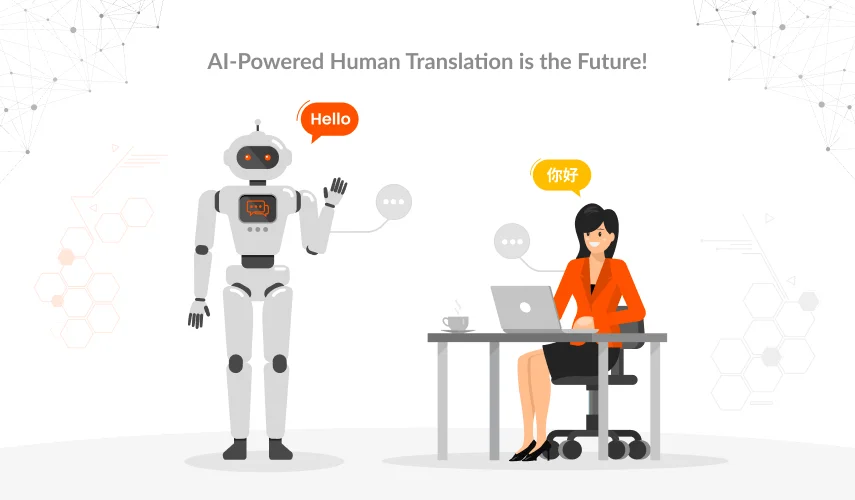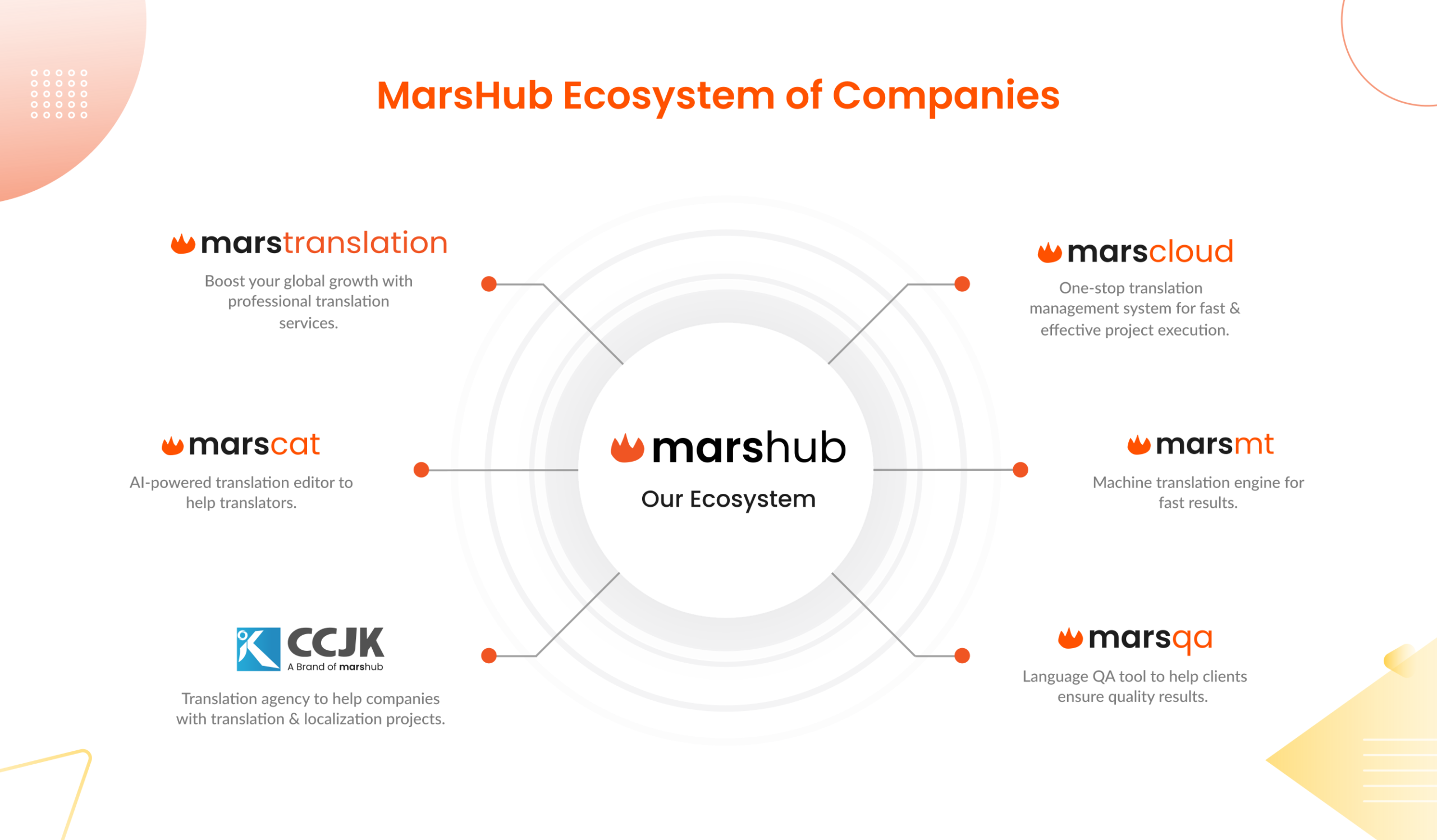Any business that wants to expand its roots in the global market should know the significance of translations. Localization is the only way businesses can connect with global audiences and optimize their overall experience with their brand. The demand for professional translation services is becoming high because of massive globalization. However, managing translations is quite challenging, especially when you are targeting multiple regions at the same time. Manual translation processes are not efficient enough to cater the modern business localization needs.
There is a need to have a reliable translation management system in place that not only makes the translation operations quicker and hassle-free but also enhances the overall quality of translations. Modern TMSs contain features like translation memories and glossaries to boost the productivity and quality of translations. Here we’ll discuss the usefulness of translation memory and glossaries in maximizing translation efficiency.
What are Translation Memories?

In a translation management system, a translation memory is a database that stores all previously done translation documents. You can reuse these translations to produce new translations. Using translation memory not only gives your translation software an idea about the tone and style but also keeps the whole translation process faster. Moreover, you will spend less time editing and eliminating contextual mistakes. Using this tool would increase the translation process efficiency, and it helps maintain brand consistency in all regions. Professional TMSs use deep learning algorithms that improve translation outcomes over time. These tools get wiser with time; as more approved translations have been stored in the memories, TMS generates better translations using previous examples. Your translation system gets to know more about your brand, and your preferences of tone and style, so it becomes easier for them to generate translations that meet your brand’s expectations.
Importance of Translation Memories
Having a translation memory in the TMS offers a continuous long-term benefit to the localization team. Translators can get benefits from their own work that they have done previously. This tool makes the translator’s job hassle-free and less hectic. They don’t have to translate repeated or similar sentences over and over again. Your TMS would keep track of all translation documents approved earlier and use them as a reference to generate quick and relevant translations for new documents.
However, there are some reservations by some companies who think that translations generated using translation memories are not as effective to support marketing text. Because if we use repeated translations for similar text, it would reduce the authenticity, and the purpose of marketing may be lost. It is an amazing tool to generate technical translations to speed up the translation process without compromising the quality.
How Do Translation Memories Work?
Translation memories are included in your CAT tools or TMS tools as a database where old translation documents are kept. Whenever a textual document is added to the system for translations, the system first scans the translation memory to see if this document has been translated before. The document can be an exact match for some previous documents, or it may contain some phrases similar to the previously translated text. Your system might have 100% exact matches or some fuzzy matches with similar but not exact phrases.
Through the translation processes, translation memory would only offer suggestions that the translator can accept, modify, or reject. Translation memory would speed up your translation generation processes but you must make sure that everything is in context. You don’t have to blindly follow all suggestions because, in the end, it is a machine tool that can make funny mistakes.
What are Glossaries?

Glossaries work hand in hand with translation memories. A brand glossary is a dictionary that contains all brand terminologies, definitions, acronyms, and other keywords that would remain unchanged throughout the translations. Translation teams use glossaries, so they can better understand the brand and generate translations that complement the brand personality. In the case of machine translation, glossaries are added to the TMSs as brand translation guides.
Especially, if you are handling technical or medical translation, the use of glossaries becomes even more critical to maintain translation accuracy and authenticity. Glossaries are provided to ensure that translations managed by different translators remain consistent and focused on the core brand message. Translation glossaries allow the translation teams to get in line with the corporate standards and brand persona.
Importance of Glossaries
The use of glossaries significantly improves the overall quality and authenticity of translations. When localization teams have glossaries there are fewer chances of in-context translations and confusing terminologies. Glossaries help maintain the cohesiveness and continuity of your document translation. It has been observed that the use of glossaries reduces the chances of error in a translation document by 70 percent. This means you have to waste less time on edits, reviews, and proofreading. So, it will make your translation process faster and save more resources that would otherwise be spent on costly mistakes and repeated edits.
For businesses that work with remote employees and freelancers, having professional glossaries is a must. Contractual-based freelancers and newly hired translators might not have enough brand knowledge to generate accurate translations. Glossaries can be very helpful in this scenario because they allow all remote and in-house employees to gain brand understanding and create relevant translations.
How do Glossaries Work?
The working of translation glossaries highly depends on their structure and how you have organized them. The better you assemble your glossaries, the easier it will be for the localization teams and TMSs to navigate through them. Unstructured glossaries can be a nightmare for translators, especially when they contain thousands of terminologies and brand definitions. Navigating through the glossaries could be very time-consuming and hectic. So, you must design your glossaries using a simple structure so that translators can easily find the required material. Moreover, it is important to ensure that there is nothing repeating in your glossaries.
For every brand and product, there should be separate glossaries that contain brand-specific terminologies. For instance, you must include the brand name in the glossary to ensure that no translator would translate your company’s name. The purpose of a glossary is to give your translator the translation’s context; so the glossary has to be translator-centric.
Wrapping Up!
Translation memories and glossaries are truly amazing tools to boost the productivity and quality of translations. From speeding up the translation processes to supporting the localization team to generate consistent translations, these tools would really make your overall translation management journey super smooth and hassle-free. However, it is important to design your translation memories and glossaries by experts who not only have industry experience but also have extensive brand knowledge. How you design and organize the glossaries and translation memories will have a huge impact on your overall translation management. Well-organized glossaries always save the time of translators, and they can easily find the required terminologies. Moreover, you must create separate glossaries and translation memory segments for technical, financial, and legal translations. Otherwise, things might mix up together and create a mess that will be difficult to handle.



